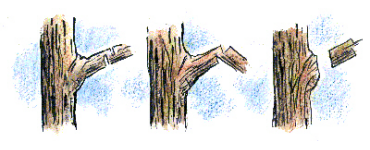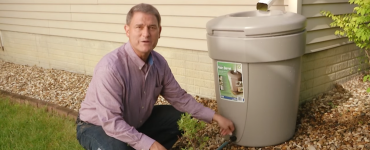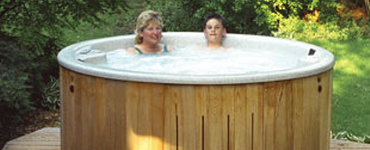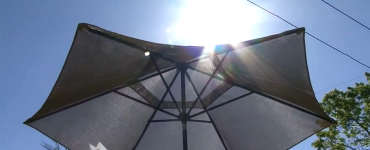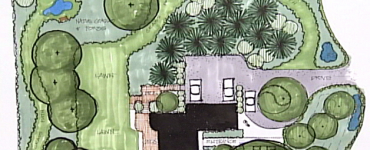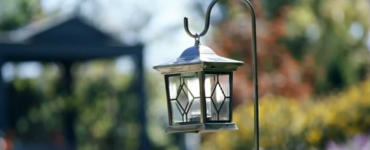How to plant a tree
The best location for your new tree
You can also drive around the neighborhood and take photos of trees and landscape designs you like.
Tree planting do's
- DO plant the correct distance from the house and choose a size and color to complement your home's exterior.
- DO plant trees to draw attention to your home and provide seasonal color and spring blooms.
- DO use shrubs or small evergreens when planting along the perimeter or fence line.
- DO plant small ornamental trees under power lines. Look for species that will be less than 25 feet high at maturity.
- DO plant trees around patios and decks to provide summer shade. A tree for this spot should be a clean tree that will not litter the patio area with fruits, limbs or leaves every time the wind blows.
Tree planting don't's
- DON'T plant too far from the house. This tree is providing no benefit to the home, and it could be causing problems for the neighbors.
- DON'T plant too close to the driveway or sidewalk. Growing root can easily crack through concrete, and low-hanging branches can block the view of pedestrians or oncoming traffic. Also be aware that the area between the curb and sidewalk might be city-owned property; check with your city clerk's office before planting here.
- DON'T plant large- or medium-size trees under power lines. A storm or even just a brisk wind could easily disrupt electrical service to the entire neighborhood. It doesn't have to be an extended outage to cause problems: branches rubbing on power lines can cause blinks and surges that can damage sensitive electronic equipment.
- DON'T plant too close to the house. Branches can damage siding, gutters and roofing, and roots can block sewer and drain lines. If the tree is deciduous (leafy), leaves will quickly clog the gutters in the fall.
Power line distance planting chart
The planting chart below shows the minimum distance a tree should be planted away from utility poles and lines.
| type of tree | examples | distance from poles & lines |
|---|---|---|
|
Small trees (less than 25 feet tall)
|
Crabapple, hawthorn, Japanese tree lilac, etc., and shrubs | Can be planted under power lines. |
|
Medium trees (up to 40 feet tall)
|
Birch, honey locust, littleleaf linden, etc. | Should be planted at least 40 feet away. |
|
Large trees (more than 40 feet tall)
|
Ash, maple, oak, etc. | Should be planted at least 70 feet away. |
More from this category
Installing a rainwater collection system
A rain barrel rainwater collection system is a great way to decrease your sump pump’s energy use and your water usage.
Outdoor hot tubs
Choosing an insulated tub will help you relax while you're enjoying your new outdoor spa.
Meters and transformers
While utility equipment isn't attractive, disguising it with landscaping can lead to problems.
Outdoor living rooms & kitchens
A new trend is to make your outdoor living space as comfortable as inside. Find out how to enjoy your outside while still saving energy.
Unique ideas for shading your home
Learn how you can provide shade for your home or patio using vines, shade cloth and other clever ideas.
Energy efficiency in the garage
Many people today use their garages as living spaces. Find out how to make yours more comfortable and energy efficient.
Energy efficient landscaping
Landscaping can improve the energy efficiency and beauty of your home. See what landscaping experts recommend.
Outdoor lighting
Outdoor lighting can be inexpensive, easy to install - and it's safe and energy-efficient.

